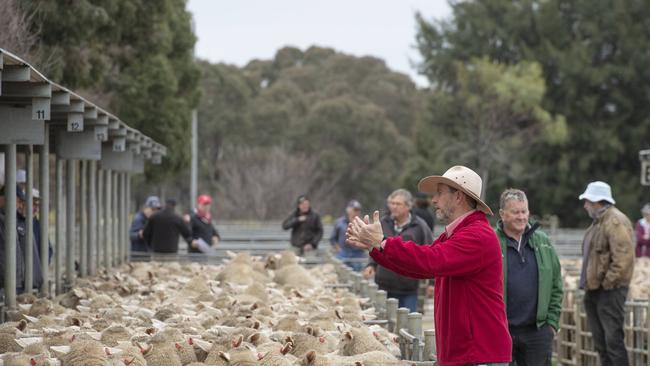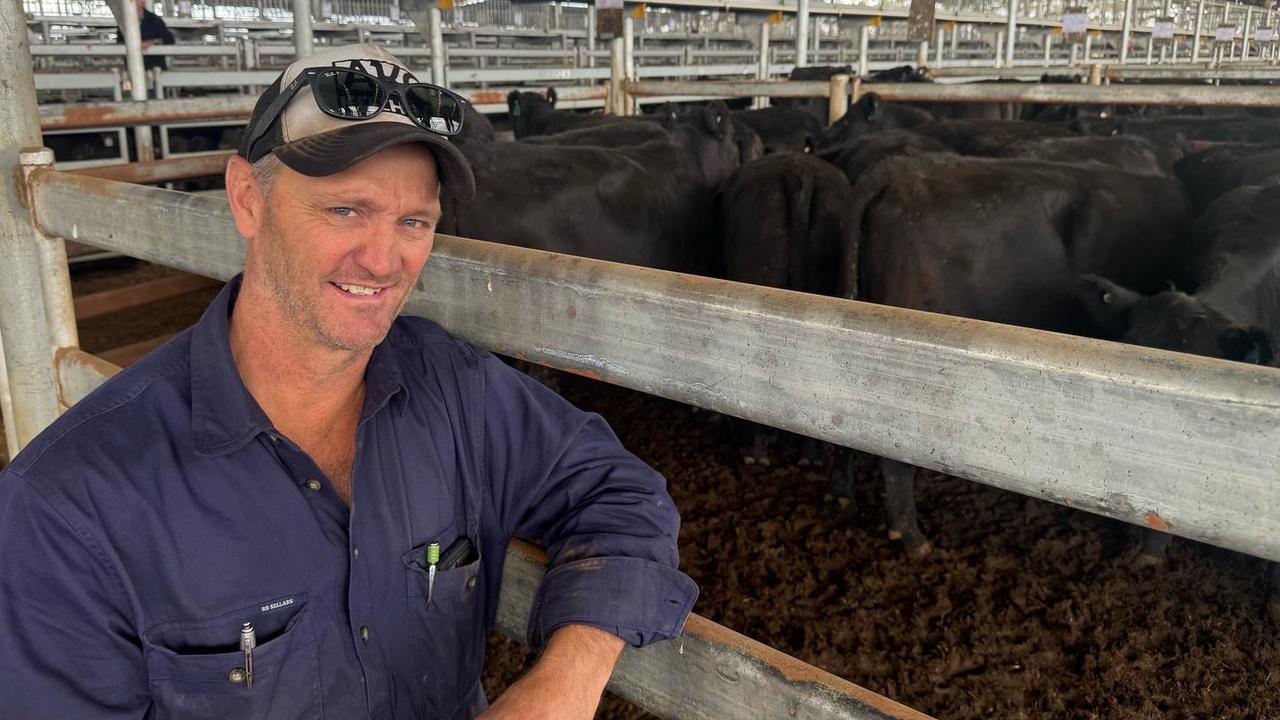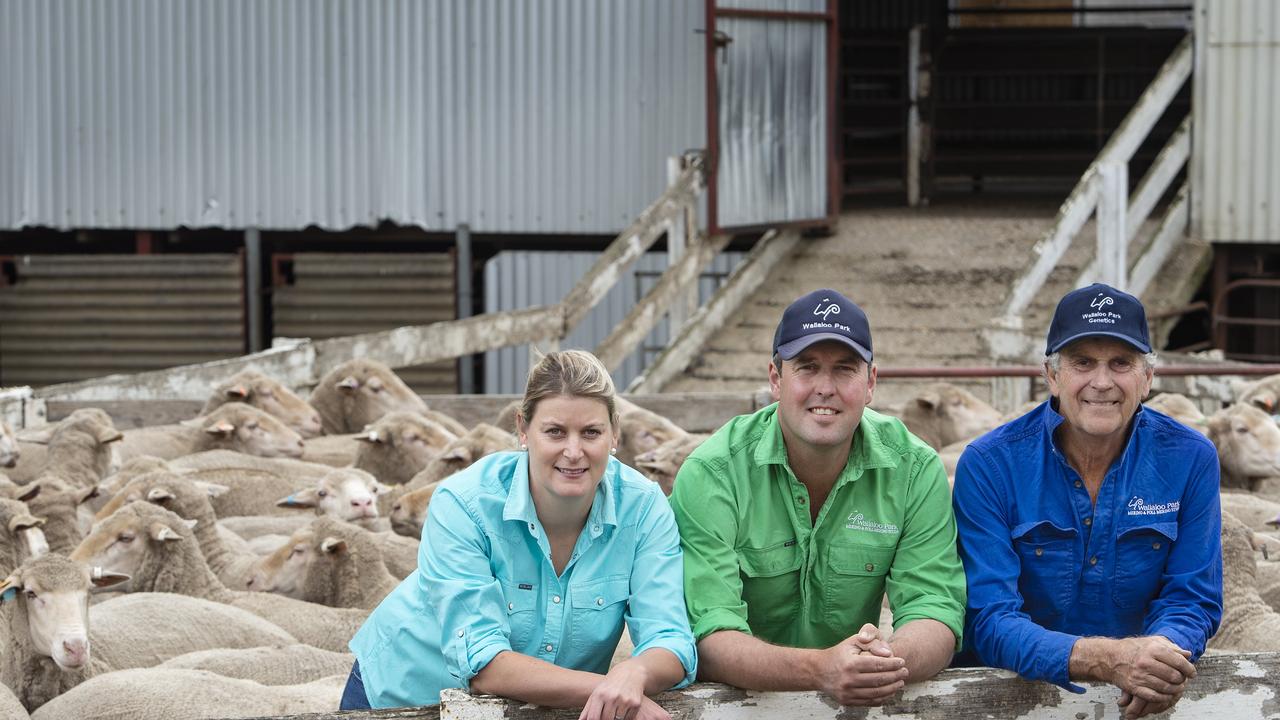Lamb production high, demand flat
Record lamb slaughter numbers have Australia ahead of this time last year, but US consumers cutting spending may be a hurdle for prices moving forward.

The worst of the processing capacity crunch seems to be behind the industry with some record tallies just posted for lamb and sheep.
In the last week of November there were an estimated 251,459 lambs processed in Victorian meat works, with the figure declared an all-time record by Meat and Livestock Australia which tracks production levels across all states.
To put it into context, this same week a year ago the lamb kill in Victoria was at 163,000 and in 2021 it was at 174,000 head, so to be exceeding these weekly levels by around 80,000 is a big turnaround from the Covid and flood affected seasons.
Add the lamb kill in other states, plus the national mutton slaughter, and small stock production in Australia reached a new record for the year at a combined 679,815 just last week.
It sets up an interesting dynamic for next year amid constant speculation that more light lambs are ending up in MK ‘bag lamb’ orders and fewer stock will be carried over and fed for the autumn and winter.
An analysis of the past 10 weeks of lamb slaughter shows production is ahead of last spring to the tune of 737,041 extra lambs processed. It is based on data published by MLA which shows:
4,601,919 lambs processed from late September to late November this year, at an average of 460,000 a week;
3,864,487 lambs in the same period of 2022, working out at 386,500 per week; and
3,562,071 lambs in the 2021 season at an average of 356,000 per week.
A year-on-year difference of close to 680,000 lambs sounds huge, although in the big picture of supply it means the industry is really just about eight to 10 days ahead of last year’s production.

But at least that backlog of lambs that built-up last spring during the flood period does not appear to be happening again, and the industry may be on the verge of a more traditional approach to next autumn and winter with lamb supply more evenly balanced.
And that could prove important, as the other determinant of price is demand and the latest information out of the key United States export market remains flat.
Weak consumer demand and spending is the overarching sentiment coming out of the US red meat markets and has been linked to retreating beef prices and is also being viewed as a hurdle for lamb.
Steiner Consulting in the US recently put out its bimonthly analysis of the US lamb market and said as a protein lamb had lost momentum as consumers cut spending.
“Lamb prices at retail rose sharply in 2021 and 2022, in tandem with the broader increase in meat prices,” Steiner noted.
“(But) for now the lamb price trend at retail in the US is more in line with the price trend for chicken and pork rather than beef.”
In the analysis Steiner publishes indicator price rates for key lamb cuts from Australia, and the data shows some sobering falls from the market peak of 12-24 months ago.
“The story (the prices) tell is that we are a long way from the boom times of 2021 and 2022, especially for retail items,” he said.
“Legs, shanks and shoulders are all down double digits.”
The latest pricing out of the US for imported Australian lamb cuts listed by Steiner was:
CHILLED semi-boneless legs, $US3.71c compared to $US4.85 a year ago, down 23.5 per cent;
BONELESS leg $US4.27 against $US5.28 last year, down 19.3 per cent;
FROZEN shoulder square cut $US1.98 compared to $US3.02, down 34 per cent; and
FROZEN rack $US11.97 against $US13.62, down 12 per cent.
Overall, when all the cuts were combined Steiner listed an average frozen cut price of $US6.12, down 14 per cent on a year ago. Chilled cuts are tracking at $US5.18, down by a similar margin of 12 per cent.
The latest meat export figures for November should be released soon and will paint a clearer picture of demand, with sales to China and the Middle East expected to be up against slower shipments to the US.




